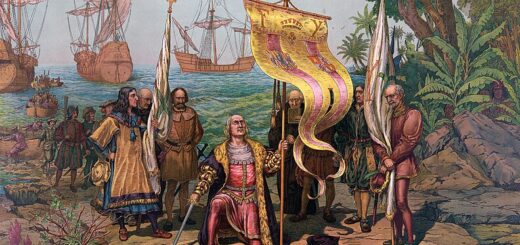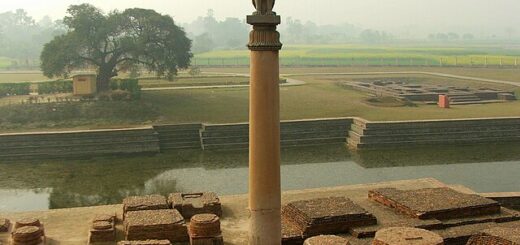Understanding Historical Sources: Primary and Secondary

Image wikipedia
Historical Sources: Primary and Secondary
There are two main types of historical sources: primary and secondary.
Primary sources are things from the past that were created during the time being studied, such as government documents, diaries, letters, photographs, and songs. They are valuable because they are as close as possible to the events they describe. For example, if we want to learn about Ancient Egypt, a statue of a pharaoh or hieroglyphs from that time would be primary sources.
On the other hand, secondary sources are created after the events have happened, like books or articles written by historians. These sources help us understand and make sense of the past based on primary sources.
Not all primary sources are the same. Written records are especially important for historians because they provide clearer evidence compared to other sources like oral stories or artifacts. While studying artifacts is interesting, written text gives us a better understanding of historical events. However, even written sources need to be carefully examined. Nowadays, there is a lot of information out there, and some of it may not be accurate. So, it’s important to investigate the source and look for other evidence to support it.
To interpret sources, we need to consider four important things: the author, the audience, the intent, and the context. We can ask ourselves questions like: What kind of source is it? Who created it and why? Is the author someone who was part of the events or just recording information? Is the author trustworthy? What was happening during that time in history? How does the source relate to the events we are studying? By answering these questions, we can better understand the value and meaning of a source.
Remember, all sources can be valuable, but it’s important to evaluate them based on these factors to get a clearer picture of history.
Navigating the Online World: Finding Reliable Sources
In today’s digital world, using the internet to find information is convenient for many students. But it’s important to remember that not all the information you find online is reliable. Historians, who study the past, have to be careful when they look at sources online. So, how can we know if a source is good or not? Well, there are some clues we can look for.
For example, if you’re doing a search on Google, the first page usually doesn’t have the most trustworthy information, unless you use special search engines like Google Scholar or use specific phrases. Online encyclopedias can be a good place to start your research, but they’re not enough for serious study.
The quality of your work depends on the quality of the sources you use.
The quality of your work depends on the quality of the sources you use. Whether you’re writing a school paper, discussing a topic online, or being creative, using good sources makes your work stronger and more convincing. Websites like Wikipedia and Encyclopedia.com give you a quick overview of a topic, but they don’t provide enough detailed information for serious thinking and good work. However, they can be helpful to introduce new topics and give you ideas for better sources. They might even have links to more reliable materials or books you can use.
It’s important to know who made the website you’re using. Is it made by a knowledgeable person, a museum, or a research organization? If it is, then the information is more likely to be reliable. Does the website show where it got its information from? Are those sources trustworthy? You can check by comparing the information with other sources and seeing if they agree. Your school library might have a list of recommended websites that you can trust. And if you’re not sure, you can always ask a librarian for help. They know a lot about finding good sources online.
In this text about world history, you’ll come across primary sources, which are firsthand accounts from the past. They’ll be marked separately in feature boxes. We’ll go through some examples together, so you can learn how to ask questions about sources and discover the different kinds of sources we use in history.
It’s an exciting journey to explore the past!














